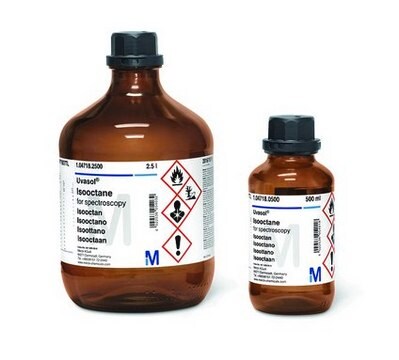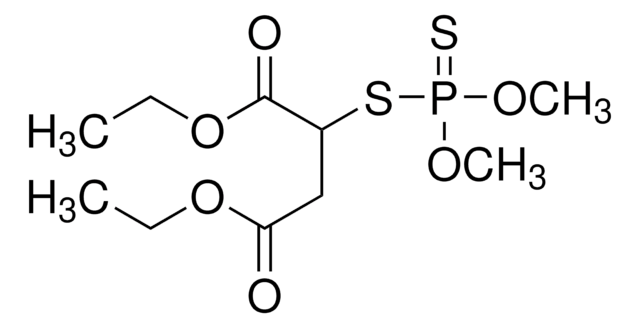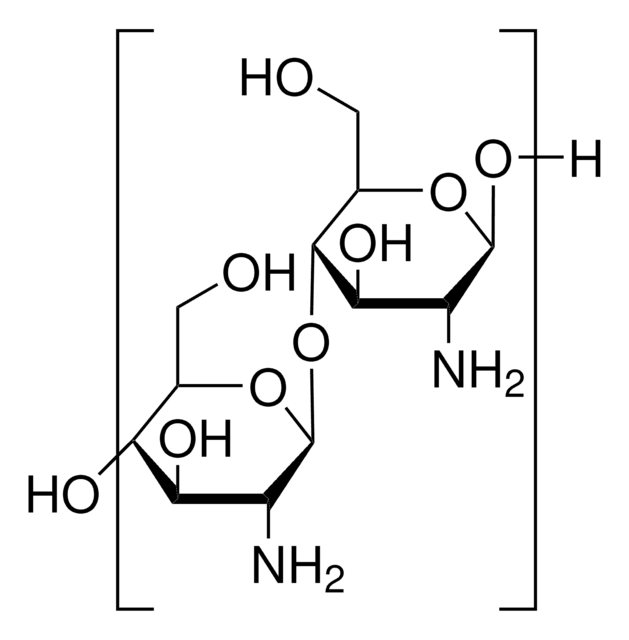All Photos(1)
About This Item
Empirical Formula (Hill Notation):
CS2
CAS Number:
Molecular Weight:
76.14
MDL number:
UNSPSC Code:
12352100
PubChem Substance ID:
NACRES:
NA.22
Recommended Products
form
liquid
concentration
5 M in THF
density
0.994 g/mL at 25 °C
SMILES string
S=C=S
InChI
1S/CS2/c2-1-3
InChI key
QGJOPFRUJISHPQ-UHFFFAOYSA-N
Looking for similar products? Visit Product Comparison Guide
related product
Product No.
Description
Pricing
Signal Word
Danger
Hazard Statements
Precautionary Statements
Hazard Classifications
Carc. 2 - Eye Irrit. 2 - Flam. Liq. 2 - Repr. 2 - Skin Irrit. 2 - STOT RE 1 - STOT SE 3
Target Organs
Peripheral nervous system,Central nervous system,Cardio-vascular system,Eyes, Respiratory system
Supplementary Hazards
Storage Class Code
3 - Flammable liquids
WGK
WGK 2
Flash Point(F)
-22.0 °F
Flash Point(C)
-30 °C
Choose from one of the most recent versions:
Already Own This Product?
Find documentation for the products that you have recently purchased in the Document Library.
Customers Also Viewed
M Schuster et al.
Fungal genetics and biology : FG & B, 79, 132-140 (2015-06-21)
The use of fluorescent proteins (FPs) in plant pathogenic fungi provides valuable insight into their intracellular dynamics, cell organization and invasion mechanisms. Compared with green-fluorescent proteins, their red-fluorescent "cousins" show generally lower fluorescent signal intensity and increased photo-bleaching. However, the
S Kilaru et al.
Fungal genetics and biology : FG & B, 79, 125-131 (2015-06-21)
Fluorescent proteins (FPs) are powerful tools to investigate intracellular dynamics and protein localization. Cytoplasmic expression of FPs in fungal pathogens allows greater insight into invasion strategies and the host-pathogen interaction. Detection of their fluorescent signal depends on the right combination
Mark B van Eldijk et al.
Chemical communications (Cambridge, England), 49(71), 7770-7772 (2013-06-19)
CS2 hydrolase, a zinc-dependent enzyme that converts carbon disulfide to carbon dioxide and hydrogen sulfide, exists as a mixture of octameric ring and hexadecameric catenane forms in solution. A combination of size exclusion chromatography, multi-angle laser light scattering, and mass
Huan Liu et al.
Journal of hazardous materials, 235-236, 298-306 (2012-08-21)
Chemical conditioners are often used to enhance sewage sludge dewaterability through altering sludge properties and flocs structure, both affect odorous compounds emissions not only during sludge conditioning but also in subsequent sludge disposal. This study was to investigate emission characteristics
Continuous direct spinning of fibers of single-walled carbon nanotubes with metallic chirality.
Rajyashree M Sundaram et al.
Advanced materials (Deerfield Beach, Fla.), 23(43), 5064-5068 (2011-10-11)
Our team of scientists has experience in all areas of research including Life Science, Material Science, Chemical Synthesis, Chromatography, Analytical and many others.
Contact Technical Service










